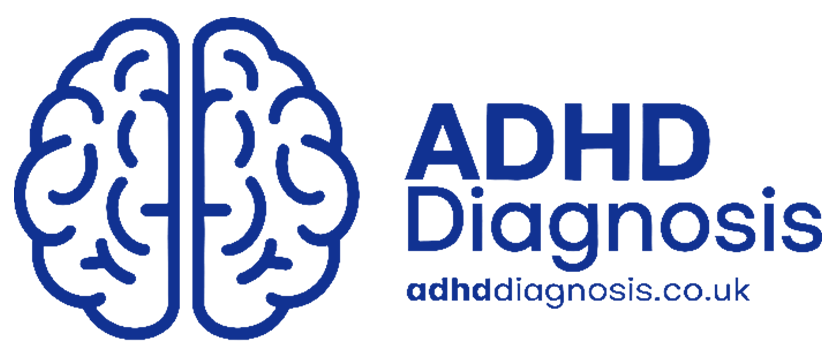Building a daily routine with ADHD (Attention Deficit Hyperactivity Disorder) can feel overwhelming, but establishing structure is one of the most effective ways to improve focus, reduce stress, and enhance productivity. ADHD often makes it difficult to maintain consistency and manage time, leading to feelings of frustration and underachievement.
However, with the right strategies and a flexible approach, you can create a daily routine that works with your ADHD brain rather than against it. In this guide, we’ll explore practical tips to help you build a routine that boosts your focus and helps you stay organised.
1. Understand How ADHD Affects Your Daily Routine
ADHD impacts your brain’s executive functions, which are responsible for planning, organising, and managing time. This can lead to difficulties with starting tasks, following through, and managing distractions.
✅ Recognise your challenges – Common issues include time blindness, forgetfulness, and impulsiveness.
✅ Identify your strengths – ADHD often comes with creativity, hyperfocus, and problem-solving abilities.
✅ Accept flexibility – A routine doesn’t need to be rigid—allow space for adjustments based on how you feel.
2. Start Your Day with a Morning Routine
A consistent morning routine sets the tone for the rest of the day, helping you feel more in control and focused.
✅ Wake up at the same time every day – Consistent sleep patterns improve mental clarity and focus.
✅ Avoid distractions – Keep your phone on silent or use a “do not disturb” mode during your morning routine.
✅ Include movement – A short walk, stretching, or light exercise can help activate your brain.
Example Morning Routine:
- Wake up at 7:00 am
- Drink a glass of water
- Stretch for 5 minutes
- Eat a protein-rich breakfast
- Plan your top three priorities for the day
3. Time Block Your Schedule
Time blocking helps you stay on track by assigning specific tasks to specific times of the day.
✅ Use a planner or app – Tools like Google Calendar, Todoist, or Trello can help you manage your schedule.
✅ Set realistic time limits – Overloading your schedule can lead to burnout.
✅ Include buffer time – Leave 5–10 minutes between tasks to avoid feeling rushed.
Example Time Block:
- 9:00 am – Respond to emails
- 10:00 am – Work on project A
- 12:00 pm – Lunch and short walk
- 1:00 pm – Meeting with team
- 2:00 pm – Brainstorm ideas for project B
4. Break Tasks into Smaller Steps
Large tasks can feel overwhelming and lead to procrastination. Breaking them down into smaller, manageable steps makes them easier to tackle.
✅ Use the “chunking” method – Divide big projects into bite-sized tasks.
✅ Set micro-goals – Focus on completing one small task at a time.
✅ Follow the two-minute rule – If a task takes less than two minutes, do it immediately.
Example:
Instead of writing “Complete report” in your schedule, try:
- Outline report sections
- Write introduction
- Draft key points
- Proofread and edit
5. Include Regular Breaks
People with ADHD often struggle with sustaining focus for long periods. Scheduled breaks prevent mental fatigue and improve overall productivity.
✅ Follow the Pomodoro Technique – Work for 25 minutes, then take a 5-minute break.
✅ Get moving – Use breaks to stretch, walk, or grab a drink of water.
✅ Avoid screen time – Try to give your brain a rest from digital input during breaks.
6. Create an Evening Routine to Wind Down
An evening routine helps signal to your brain that it’s time to relax and prepare for sleep, improving overall rest quality.
✅ Set a bedtime – Going to bed at the same time each night helps regulate your body’s internal clock.
✅ Limit screen time before bed – Blue light from screens can interfere with sleep quality.
✅ Review your day – Take 5 minutes to reflect on your achievements and set intentions for tomorrow.
Example Evening Routine:
- 9:00 pm – Turn off screens
- 9:15 pm – Take a warm shower
- 9:30 pm – Write down tomorrow’s priorities
- 10:00 pm – Lights out
7. Use Tools and Reminders to Stay on Track
ADHD brains benefit from visual and auditory reminders to stay focused and organised.
✅ Set phone alarms – Use alarms to remind you of meetings, breaks, and important tasks.
✅ Use sticky notes – Place reminders in visible areas, such as your desk or computer screen.
✅ Automate tasks – Use apps to automate recurring tasks like bill payments and calendar events.
8. Practise Self-Compassion and Flexibility
Building a routine with ADHD takes time and experimentation. Be kind to yourself and adjust your routine as needed.
✅ Celebrate progress – Focus on the improvements you’ve made rather than perfection.
✅ Allow for flexibility – Life is unpredictable—don’t be discouraged if things don’t go exactly as planned.
✅ Reflect and adjust – Regularly assess what’s working and make changes as needed.
Conclusion
Building a daily routine with ADHD is about finding the right balance between structure and flexibility. By starting with a consistent morning and evening routine, breaking down tasks, and using tools to stay organised, you can improve focus and productivity while reducing stress.
If you need additional support in managing ADHD, book an appointment with us at adhddiagnosis.co.uk. Our expert team can provide a professional diagnosis and personalised treatment plan to help you build a routine that works for you. Take the first step towards a more focused and organised life today!






